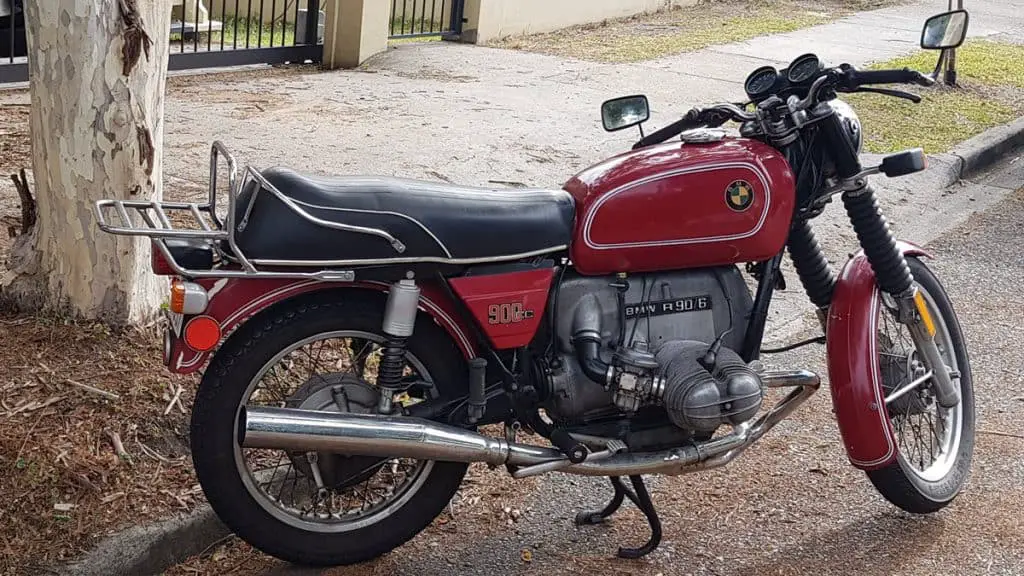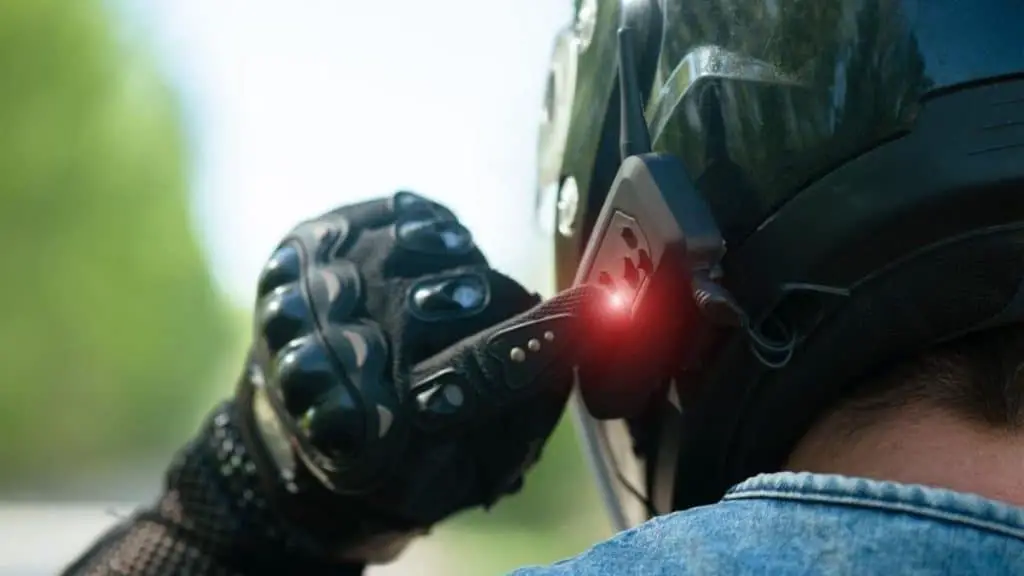Breaking in a Motorcycle Helmet: No Compromises with Fit and Comfort
You know this already…
Getting the fit of your favorite motorcycle helmet right is one of the most critical aspects of helmet safety. Unless you’re using a helmet that fits right, it won’t offer you the right level of safety.
That brings us to another important question- Is breaking in a motorcycle helmet necessary?
The short answer is yes. The long answer is a yes too.
Breaking in is important for all helmets, more so if you use a full-face helmet.
But how exactly do you break in a motorcycle helmet?
Let’s take a closer look at the subject to find out more.
How Long Does It Take to Break in a Motorcycle Helmet?

In general, there are three motorcycle safety certifications used in the US. These are DOT, ECE, and SNELL. But regardless of the certification, only a helmet that fits right will offer the right level of protection.
Veterans will tell you that it’s pointless to wear a helmet that does not fit right.
The fact is, they are right.
A helmet that’s too loose will feel loose and move up and down during a ride. This sliding around can block your vision during a ride. The excess airflow will also make the wind noise too high.
Most importantly, it can fly off during an accident, leaving your head unprotected.
In fact, one of my friends went through a similar situation during a low-side. The helmet came off and hit his head resulting in a concussion.
Actually, he didn’t remember any of these after he woke up in a hospital. His fellow riders gave him the details.
In short, he was lucky to be alive.

On the other hand, wearing a tighter helmet can be more uncomfortable experience than disagreeing with your boss. And riding with such a helmet can also be risky.
(Honestly, a tight helmet gives me a headache within the first 15 minutes of riding)
And if the helmet is too tight, no amount of breaking in is going to fix the issue.
Before we look at the process of helmet break in, here’s a quick look at the type of helmets available.
Open-face helmets cover only the top part of the head. While they are less restrictive and offer better airflow, they are limited in terms of safety.
On the other hand, a full-face helmet encloses the head and the entire face of the rider. While they aren’t the best for ventilation, they offer complete protection. Since they offer more coverage, these are the helmets that need maximum breaking in.
Beyond that, there are also modular helmets that can convert a full-face design into an open-face design through a hinge mechanism.
The most important factor that determines the helmet size is the circumference of your head. Beyond that, the shape of the head also plays an important factor. There are three standard human head shapes that are considered- long oval, intermediate oval, and round oval.

But not all of our naturally designed heads will match these standard sizes.
(I guess life isn’t fair)
That means the inner lining needs some custom contouring to provide the best fit through the process of breaking in.
If you’re buying a helmet for the first time, don’t expect it to be instantly comfortable. Ideally, you shouldn’t feel cramped and the padding or the inner lining should be snug across your cheek.
And if your ears are getting folded while putting it on, no worries. Simply push them back to their natural position.
Also, check for any sore spots or red spots on the face or forehead. In such cases, chances are that the helmet size isn’t right. There should be no numbness either.
While the helmet shouldn’t move freely, there shouldn’t be any pressure points across your face. Once the straps are fastened, you should feel an even pressure all around your head.
With time, the inner lining will get compressed and adjust to the shape of your head. This is the actual process of breaking in a motorcycle helmet.

Actually, there’s no fixed time limit for this process to happen. It depends on the quality and stiffness of the foam lining and the amount of pressure required to change its original shape.
The more you wear the helmet, the faster it occurs. In general, it can take around 15-20 hours for the break-in process to take place. You can wear it around the house daily for a few minutes.
(I suggest attending a few zoom meetings with the helmet on. Or watch a sad movie while wearing it to hide your tears)
The point is, you should take the necessary time to break in a new helmet before heading out for a long ride.
How to Break in a Motorcycle Helmet?
Now, there is an issue with breaking in the motorcycle helmet. Some helmets can loosen up by 15 to 20% with time.
That means your snug as a bug helmet can end up as loose as a mother goose.
The best way to avoid this is to pick reputable brands that can advise you on how the material breaks down. Some helmets only break down in specific spots.
Is there anything you can do to speed up the process of helmet break-in?

In reality, nothing much.
Think of breaking in a new shoe. Is there anything else you can do other than wear it?
The more you wear it, the faster it will break in.
Some suggest putting a wet cloth on the top of the inner padding to soften it up. However, it may or may not work.
If the pads feel too stiff, take them out of the helmet and place them under some weights. You can also think of buying softer replacement pads to replace the original ones.
That said, make sure that you maintain your helmet in the right manner from day one. Firstly, don’t toss it around- that will damage the material.
Next, store it in the right location away from extreme temperatures. Excess heat or cold can deform the inner linings.
And always follow the manufacturer’s instructions while cleaning the helmet. Keep it away from chemicals and solvents that might damage it.
Frequently Asked Questions

How do you break in a full-face helmet?
The best way to break in a full-face helmet is by wearing it for some hours. With time, the internal material will adjust itself to the contours of your head and face.
How tight is too tight for a motorcycle helmet?
A helmet is too tight when you feel pain or discomfort after wearing it. While a snug fit is important, any pain, numbness, or sore spots on the head or face isn’t acceptable. Such a helmet will not give you the right level of comfort or safety.
How do you fix a tight helmet?
The best way to fix a tight helmet is to check if you have picked the right size. If not, replace it. In case the size is right, you can think of replacing the inner lining with softer and thinner materials. Discuss the issue with the manufacturer to find out their suggestions about the issue.






